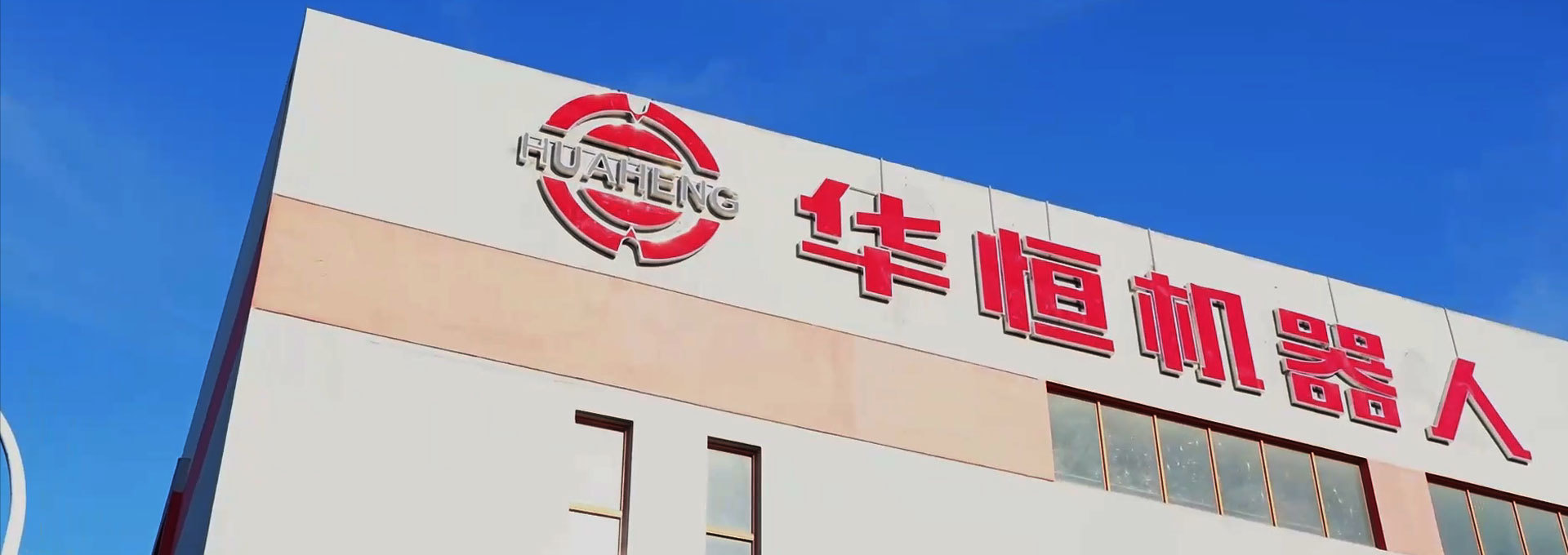The Future of Manufacturing: Embracing Teaching-Free Robotic Welding Systems
Release time:
2025-06-12
Introduction: A Game Changer in Welding
Oh boy, have you heard about the latest buzz in the manufacturing sector? The teaching-free robotic welding system is turning heads and changing the game! This tech marvel is not just a fancy gadget; it's a full-fledged revolution that’s transforming how things are done on the factory floor.
What is a Teaching-Free Robotic Welding System?
So, what’s all the fuss about? In a nutshell, a teaching-free robotic welding system is a type of automated welding technology that doesn't require traditional programming or teaching processes. Instead of spending hours teaching the robot the ins and outs of welding, these systems utilize advanced algorithms and real-time data to adapt and learn on the fly. Talk about smart!
How Does It Work?
Here’s the kicker: these systems come equipped with sensors and machine learning capabilities. They can easily adjust to various welding tasks without the need for operator intervention. It’s like having a super-smart assistant who learns from every weld and improves continuously. This flexibility not only saves time but also minimizes errors—yay for efficiency!
Benefits Galore: Why Go Teaching-Free?
Now, let’s dive into why manufacturers are jumping on this bandwagon:
- Increased Productivity: With no need for lengthy programming sessions, robots can start working almost immediately. This means faster turnaround times and more output. Cha-ching!
- Cost-Effectiveness: While the initial investment might seem steep, the long-term savings on labor costs and reduced material waste are hard to ignore.
- Enhanced Safety: Robots can handle dangerous tasks, reducing the risk of injuries in the workplace. It’s a win-win situation!
- High Precision: These systems are designed to deliver consistent quality, ensuring every weld is just as good as the last. No more second-guessing!
Real-World Applications
Okay, but where are these systems actually used? Let’s take a peek into some industries:
- Automotive: The automotive industry has been a frontrunner in adopting robotic welding systems. With the need for precision in body assembly, these robots are indispensable.
- Aerospace: In aerospace manufacturing, the stakes are high. Teaching-free systems can create strong, lightweight components that meet stringent safety standards.
- Construction: From steel beams to intricate frameworks, robotic welding is making its mark in construction, allowing for faster builds and safer job sites.
Challenges to Consider
Now, let’s not sugarcoat it—there are challenges too. Transitioning to a teaching-free robotic welding system requires a shift in mindset and a willingness to embrace change. Not all companies are ready to let go of traditional methods, and some might find the initial adaptation period a bit rocky. However, with proper training and support, the benefits can far outweigh the challenges.
The Future Looks Bright
Looking ahead, the potential for teaching-free robotic welding systems is immense. As technology continues to advance, these systems will only become more efficient and accessible. Manufacturers who hop on this train early might just find themselves at the forefront of the industry.
Conclusion: Are You Ready to Join the Revolution?
In conclusion, the teaching-free robotic welding system is not just a trend; it’s a pivotal point in manufacturing history. With its ability to enhance productivity, safety, and precision, it’s no wonder that industries are eager to adopt this technology. So, are you ready to embrace the future of welding? The revolution is here, and it’s time to get on board!
Previous Page:
Latest News
Xuzhou Huaheng Robotics Co., Ltd.
Phone: 0086-516-66882288
Kunshan Huaheng Robotics Co., Ltd.
Phone: 0086-512-87880678

Focus on Robot Division

Huaheng mobile phone terminal

Huaheng Company Public Number
Copyright © 2024 Xuzhou Huaheng Robotics Co., Ltd. All Rights Reserved


